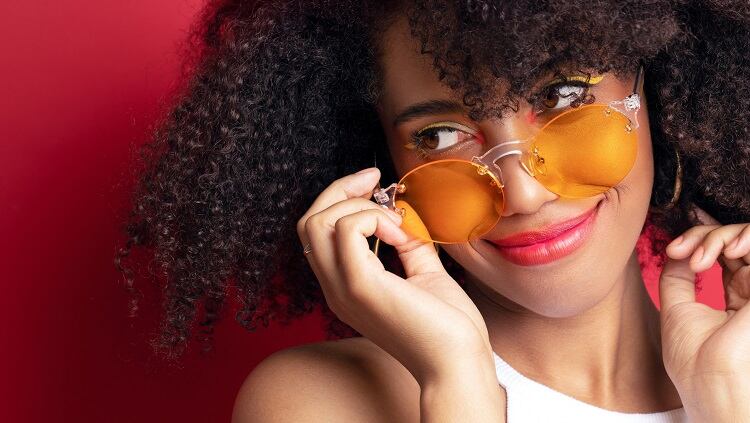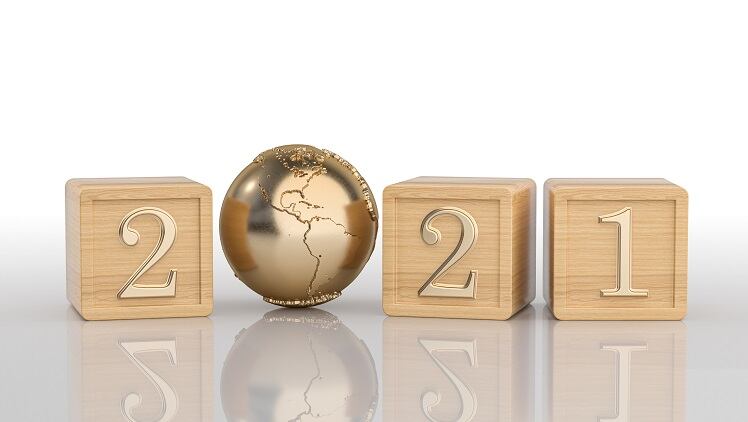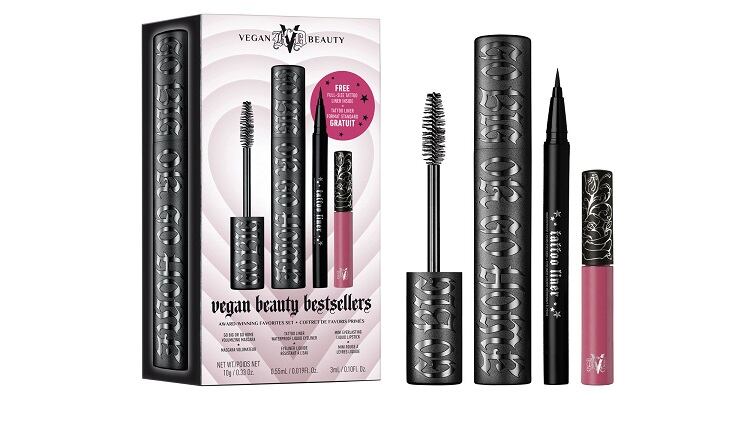Stephanie Flor has been working in beauty since 2006. In 2012 she launched the blog and boutique international travel company known as Around the World Beauty. Explaining the link she sees between travel and beauty, Flor tells Cosmetics Design that she was “feeling both disconnected from her Latina heritage and cut out of the mainstream beauty conversation.” And as a result, she “found herself searching for deeper meaning in the work she loved.”
As she describes it, her “Ecuadorian and Costa Rican roots inspired her to travel to Central and South America, where she explored local beauty rituals and found significance in the traditions. Flor’s quest to understand other traditions (while remaining steeped in her own) brings a unique layer to the beauty industry. “
And it is this expertise in multicultural beauty that led to her becoming “a go-to ambassador for leading cosmetic and hair care brands, such as The Body Shop, Clinique, Head and Shoulders, Makeup Forever, L’Oreal Paris, La Bella, Thicker Fuller Hair, and Maybelline.”
For this installment of the 5 Insights video series, Stephanie Flor shares wisdom on Latina Beauty today. Watch the full video at the top of the page and find excerpts from her remarks here:
Who’s leading the Latina Beauty movement?
When asked about leaders in the contemporary Latina Beauty movement, Flor points to media professionals, both journalists and PR experts, as well as industry insiders.
“One of my favorite journalists is Johanna Ferreira…who is really fighting for the Latina beauty stories to make it on general market magazines that wouldn’t normally cover this or normally wouldn’t have writers that are of Hispanic dissent covering these topics.” Ferreira is Deputy Editor at HipLatina.com and her coverage of Latina Beauty has been published on OprahMag.com (about Latinx-owned curly hair brands), Allure.com (about Afro-Latinx beauty brand founders and racial justice), popsugar.com (about hair discrimination) , and other popular consumer-facing sites.
“I look for those kind of women, who are really paving the way for these kind of stories to exist,” says Flor, detailing why entrepreneurs like Danielle Alverez, Founder of multicultural PR firm known as The Bonita Project, are making a meaningful difference in Latina Beauty.
And she calls attention to industry insiders like Patricia Reynoso, Director of Local and Cultural Relevancy in North America for The Estée Lauder Companies.
What categories matter most in Latina Beauty?
While hair care is often top of mind for brands and beauty makers when it comes to Latina Beauty, Flor says that it is, in fact, skin care and color cosmetics that matter most.
“Latina women come is such a variety of colors,” she says; and they’re looking for skin care and body care products that help with an even skin tone.
“When it comes to color there is no doubt that we love it bright, we love it pigmented, we love it powerful.”
How can beauty brands reach Latina consumers?
Flor is adamant, there is no one Latina beauty consumer persona. Latina Beauty varies by market and consumer background and experience. To reach Latina Beauty consumers, Flor says you must know who your consumer is and what she expects.
The best way to do this is to hire her or ask her: “It’s really important to understand, if you’re going to go for the New York market, if you’re going to go for the LA market, if you’re going for the Miami market…when you’re looking to hire someone to be part of your team to reach your market, it’s important to involve the different perspectives,” says Flor.
What mega trend matters most in the contemporary Latina Beauty movement?
“One of the biggest trends I am seeing in the Latina space is the idea of going back to our roots. I think for a really long time we were not sure…[of] what our beauty meant,” says Flor.
“And now with the explosion of social media, travel, connection, we are more aware about who we are as a community, as a culture.” And that is foregrounding an array of “rituals and ingredients …we want to add… to our everyday beauty because it’s connecting to who we are at the core.”
How does cultural identity figure into today’s Latina Beauty conversation?
Decolonization is a “heavy topic” in the Latinx community, say Flor. So, “it’s super important to understand the vocabulary that you’re using to communicate with us.”
She explains that the Latinx movement is about reclaiming indigenous roots and often rejecting Spanish colonial rule or heritage. “A lot of us,” says Flor, “do not embrace the idea that we descend from Spain.”
“My suggestion for any professional—any one in the beauty industry—looking to work with us and looking to understand more of how to connect with the Latinx, with the Latina, with the Spaniard community, with the Caribbean community of Latin America, it’s really important to reach out to those right experts, to understand where you fall in between all of this.”
“There’s been a lot of generalization. We’re trying to break out of any conditioning that doesn’t honor our indigenous roots.”
“More than ever,” emphasizes Flor, “the Latina consumer…is super into understanding who she is and what her history is.” Hear more from MUA and Around the World Beauty Founder Stephanie Flor later this month at a virtual edition of The Makeup Show in Espanol.



